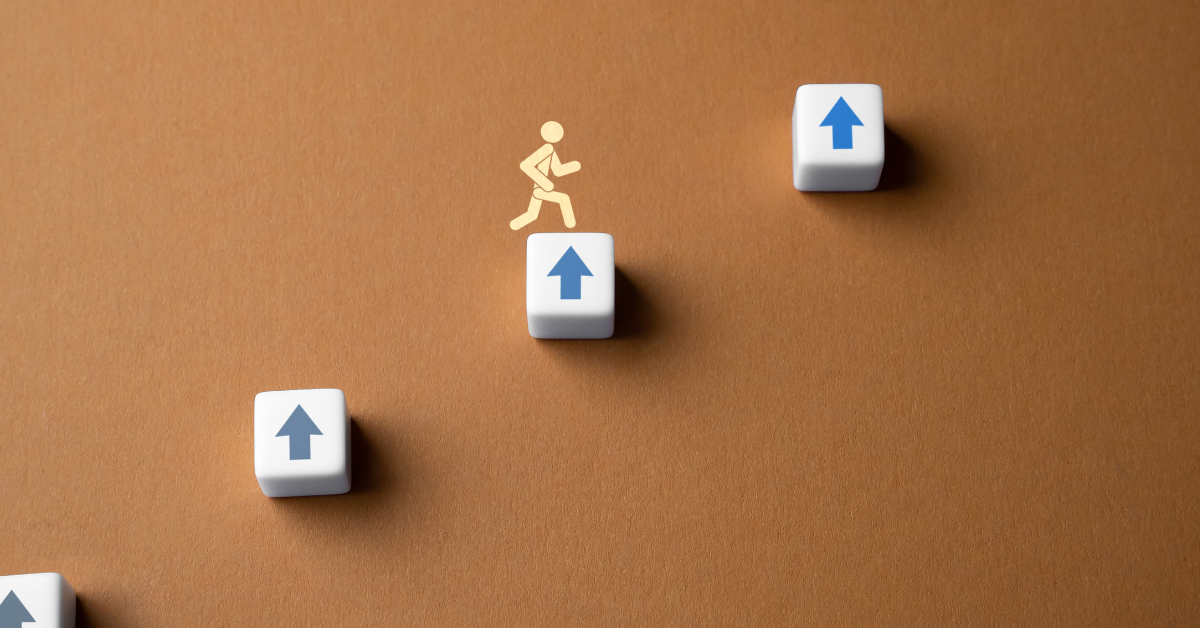The DISC method is a personality assessment tool that helps individuals understand their behavior and communication styles in a given situation. It is based on the theory that people tend to exhibit certain behavioral patterns, and these patterns can be categorized into four primary dimensions: Dominance, Influence, Steadiness, and Conscientiousness. The DISC method is used by professionals and organizations worldwide to gain insights into team dynamics, leadership styles, and communication preferences.
The DISC test consists of a series of questions that assess an individual’s personality traits and behavior patterns. The results of the test are then used to generate a detailed report, which provides insights into the individual’s strengths, weaknesses, and areas for improvement.
The report is divided into four main sections, each corresponding to one of the four dimensions of the DISC method.
The first section of the report covers Dominance.
Individuals who score high in this dimension tend to be assertive, decisive, and confident. They are natural leaders and are often motivated by challenges and competition.
The second section of the report covers Influence.
Individuals who score high in this dimension tend to be outgoing, enthusiastic, and persuasive. They thrive in social situations and are natural communicators and collaborators.
The third section of the report covers Steadiness.
Individuals who score high in this dimension tend to be patient, dependable, and loyal. They are great team players and value stability and harmony in their relationships.
The fourth section of the report covers Conscientiousness.
Individuals who score high in this dimension tend to be analytical, organized, and detail-oriented. They are often focused on achieving high-quality results and are diligent in their work.
Taking the DISC test as a professional has several benefits!
Firstly, it can help individuals gain a better understanding of their own behavior and communication style, which can be invaluable when working in a team environment. By understanding their strengths and weaknesses, individuals can better leverage their skills and collaborate effectively with others.
Secondly, the DISC method can be used to improve communication and conflict resolution within a team. By understanding the communication styles of their colleagues, individuals can adjust their own communication style to better fit the needs of their team members. This can lead to more productive and harmonious relationships within the team.
Thirdly, the DISC method can be used to identify leadership potential and develop leadership skills. By understanding the leadership styles of individuals within a team, organizations can better identify potential leaders and provide them with the necessary training and development opportunities.
In conclusion, the DISC method is a valuable tool for professionals looking to gain insights into their behavior and communication styles. By taking the test and reviewing the resulting report, individuals can better understand their strengths and weaknesses and improve their relationships with colleagues. Additionally, organizations can use the DISC method to improve team dynamics, identify potential leaders, and provide leadership development opportunities.
What About Students and Young Adults?
The DISC assessment is a behavioral assessment tool that can help individuals gain insight into their communication style, behavioral tendencies, and interpersonal dynamics. Young adults and students can benefit from taking the DISC assessment for several reasons:
- Self-awareness: The DISC assessment can help young adults and students gain self-awareness about their communication style and behavioral tendencies. This self-awareness can help them understand their strengths and weaknesses, which can be useful when making decisions about career paths, academic pursuits, and personal relationships.
- Career development: The DISC assessment can be particularly useful for young adults and students who are just starting their career journey. The assessment can help them identify their natural strengths and preferences, which can be used to guide career choices and development plans.
- Teamwork and collaboration: The DISC assessment can also help young adults and students understand their interpersonal style and how they interact with others. This understanding can be particularly useful when working in group projects or teams, as it can help them communicate effectively and collaborate more efficiently.
- Personal growth: Finally, the DISC assessment can help young adults and students develop their emotional intelligence and self-awareness, which can contribute to their personal growth and development. By understanding their communication style and behavioral tendencies, they can better manage their emotions, adapt to different situations, and build stronger relationships.
There are multiple versions of the DISC assessment, but their are two I’d recommend.
If you are a student or parent of a student, The Student Success Report is an invaluable tool for understanding:
Communication styles
Motivators
Ideal Environments
Person Growth Areas
Strengths
And can provide excellent resources like:
Student Success Recommendations
Tips for Parents an Gaurdians to Bring Out the Student’s Best
Tips for Parents and Guardians to improve communication
and Tips for Educators looking to bring out a student’s best as well!
Want to Grow?
If you’re looking to grow, you’ve got to first know yourself! I’d be honored to partner with you to help you uncover your potential! As a certified DISC trainer, I can walk you through the DISC assessment and report, help you identify potential areas of growth and help you plot a course of action to take the needed steps to grow.


